Johnsongrass, Sorghum halepense, is a warm-season grass that grows in sunny, disturbed areas. As a warm-season grass, it starts up its growth in late spring and flowers in the summer. Johnsongrass can be found in fields, where it can reduce crop yields, as well as on roadsides and in prairie restorations, where it can outcompete native vegetation. You can find it in every county in the southern third of the state, many of the counties of central Illinois, and even up in the Chicago region.
Identifying characteristics
Johnsongrass is a robust grass that typically grows 4 to 8 feet tall. Its leaves are about 1 inch wide and can be several feet long. The leaves are very sharp and can give people papercuts if they work around this grass without wearing gloves and long sleeves. The leaves have a prominent white midrib, or vein, down the center of the leaves. The ligule, found at the base of the leaf blade, is made up of velvety hairs. Johnsongrass stems are glaucous, which means they have a white coating that you can rub off, which acts like a sunscreen.
When it blooms, Johnsongrass produces a panicle inflorescence, a branched flowering cluster, that can be more than a foot tall. Its spikelets, the flowering part of the grass, have pointed tips and can have awns, which look like bristles but are attached to the tips of the spikelets.
Regulations and management
Johnsongrass is regulated as a noxious weed in Illinois under the Illinois Noxious Weed Law.
Unfortunately, this grass is difficult to control because of its large rhizomatous root system. This means that mowing alone is not enough to eradicate this grass, although it can be used as a tool to prevent it from flowering and spreading more seed. It also means that any tilling must be done mindfully to prevent moving rhizomes from an infested area to an uninfested area.
Herbicide can be applied when the plant is over 18 inches tall until you see the first signs of flowering. Suggested herbicides and rates can be found at extension.illinois.edu/invasives/invasive-johnsongrass. Always read and follow the herbicide label before treatment.
A single management tool and single treatment is not enough to eradicate Johnsongrass. Repeated treatments and integrated methods, such as mowing combined with herbicide, will be needed to work towards eradication.
Need a refresher on grass identification terms, like ligule and spikelet? Check out this blog post!
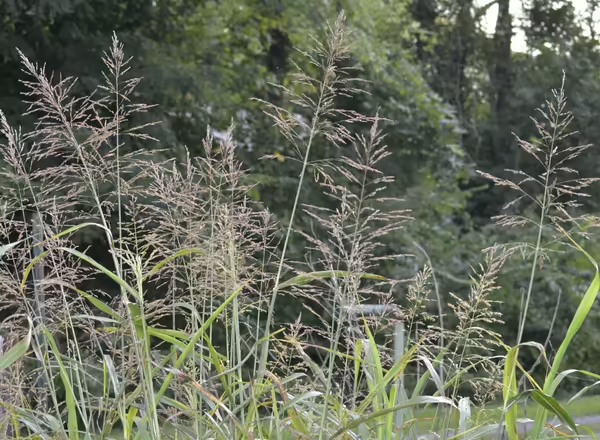
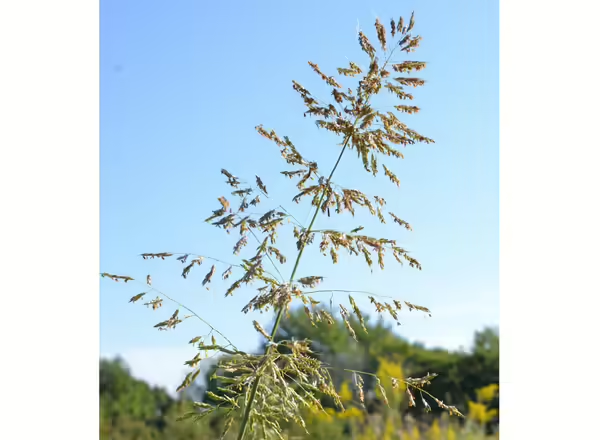
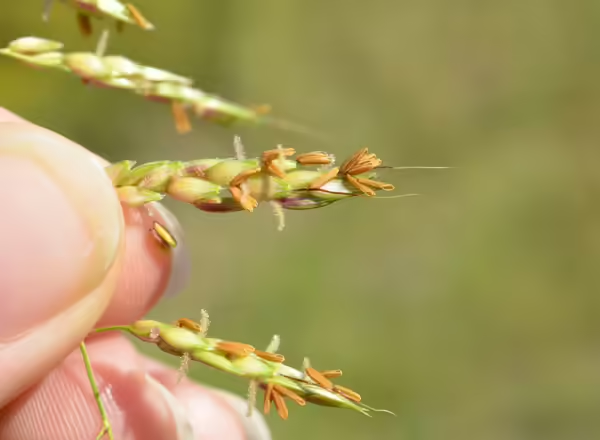
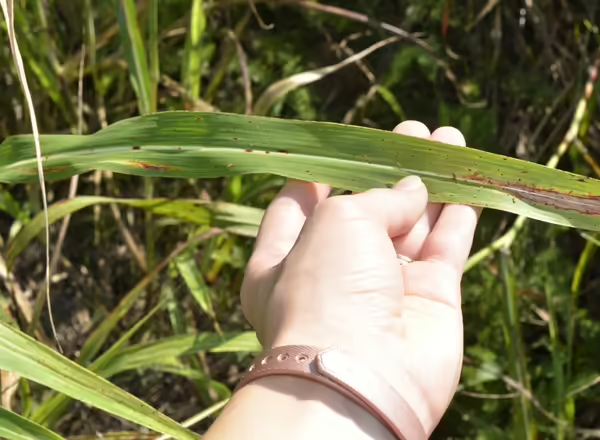
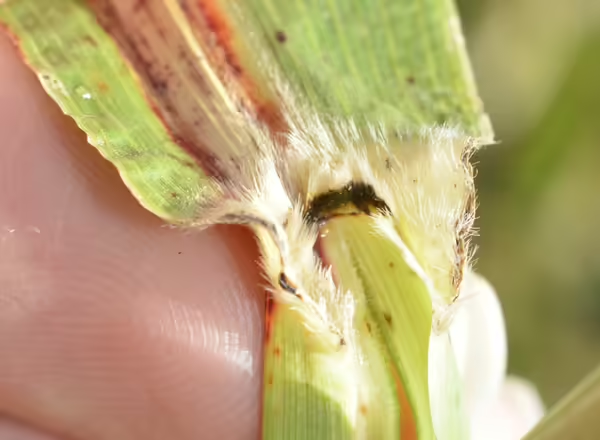

Johnson Grass, Sorghum halepense, is an invasive, warm season grass. It can be found in disturbed habitats in central and southern Illinois, and it can often be found in large patches since it spreads through rhizomes. This grass can grow four to seven feet tall. It has thick, glaucous stems,...